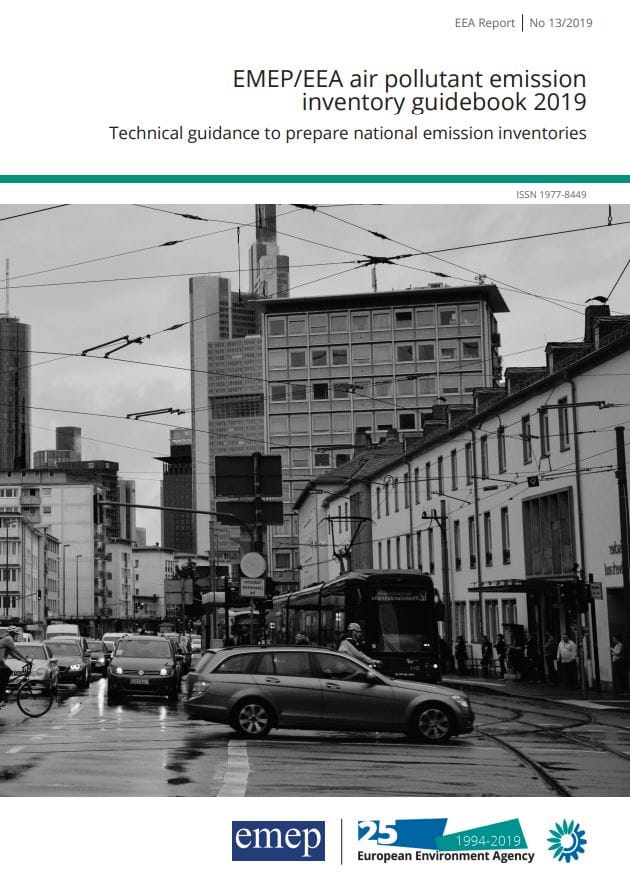Going the extra mile to protect air quality:
ESIG supports the EMEP intensive measurement on ozone episodes.
The EMEP Task Force on Measurement and Modelling (TFMM) will organise an intensive measurement period (IMP) dedicated to ozone episodes in summer 2022 (and 2023).
The campaign focuses on widening and complementing existing VOC measurements to improve the current understanding of these episodes as the primary goal. A secondary goal of the EIMP is to assess SOA formation during these episodes. Questions that the campaign tries to address are
- Why do atmospheric transport models underpredict ozone episode levels?
- How does the reduction in NMVOC and NOx emissions impact the summer episodes?
- Better use of EMEP VOC monitoring data.
- What is the level of secondary organic aerosols (SOA), especially from biogenic VOCs during high ozone events?
One week of (intensive) observations of VOCs relevant as ozone precursors will be conducted sometime between 13th June and 25th July 2022.
Manual devices for sampling VOCs will be distributed to the participants and subsequently analysed at centralised laboratories.
ESIG is proud to support this campaign financially to enable data collection and analysis to contribute to a better understanding of ozone formation.
Additional Guidance on Solvent and Product Use VOC emissions
Every year, members of the Air Convention have to report their emissions for the main pollutants (CO, NOx, VOC, NH3 and Sox and PM, heavy metals and POP). When it comes to the reporting of NMVOC, the category Solvent and Product Use is often considered the most challenging one. It covers the widest range of any of the called NFR (Nomenclature for Reporting) categories. It includes emissions that occur when the general public uses any of a huge range of consumer products. It also extends to a wide range of processes carried out in practically every branch of industry. Other institutions can also use solvents such as public and commercial sectors. This diversity of sources is a particular challenge for the inventory compiler, who must estimate emissions for numerous different types of sources in order to have a complete inventory.
Therefore, the European Environment Agency (EEA) and European Monitoring and Evaluation Programme (EMEP) have updated their joint guidance to « NFR 2D3 Solvent and Product Use », featuring, amongst others, the solvents VOCs inventories from ESIG. The guidance explains our methodology and how to use ESIG’s data.
The EMEP/EEA air pollutant emission inventory guidebook provides guidance on estimating emissions from both anthropogenic and natural emission sources. It is designed to facilitate reporting of emission inventories by countries to the UNECE Convention on Long-range Transboundary Air Pollution (CLRTAP) and the EU National Emission Ceilings Directive. NFR stands for Nomenclature for Reporting, which refers to the format for reporting national data in accordance with the CLRTAP, also remitted to the European Environment Agency (EEA).
The Taskforce for Emission Inventories and Projections is looking after the guidebook updates.
Background & ESIG’s involvement

Air pollution impacts our health, environment and economy. Air pollutants come from multiple sources, one of which could be solvents emitting Volatile Organic Compounds (VOCs)
To improve air quality, the United Nations Economic Commission for Europe’s (UNECE)’ 56 members from Europe, North America and Asia have been working together to reduce air pollution in the region through the Convention on Long-range Transboundary Air Pollution (CLRTAP). Since its inception more than 40 years ago, CLRTAP has developed a successful regional framework for controlling and reducing transboundary air pollution.
The Executive Body is the governing body of the Convention. It is composed of representatives of Parties to the Convention – governments of countries that have accepted, ratified or acceded to it.
The Working Group on Strategies and Review (WGSR) is the principal negotiating body for the Convention. It assists the Executive Body in policy-oriented matters. It receives reports from three taskforces, one of which ESIG contributes: TFTEI – Taskforce on Techno and Economic Issues. Additionally, ESIG has also an observer role in the WGSR.
The cooperative programme for monitoring and evaluating the Long-range Transmission of Air Pollutants in Europe (unofficially ‘European Monitoring and Evaluation Programme’ = EMEP) is the scientifically-based and policy-driven programme under the Convention for international cooperation to solve transboundary air pollution problems.
Five EMEP Centers and four Task Forces join efforts in supporting the EMEP workplan.
ESIG is an observer and active contributor to three of the taskforces:

